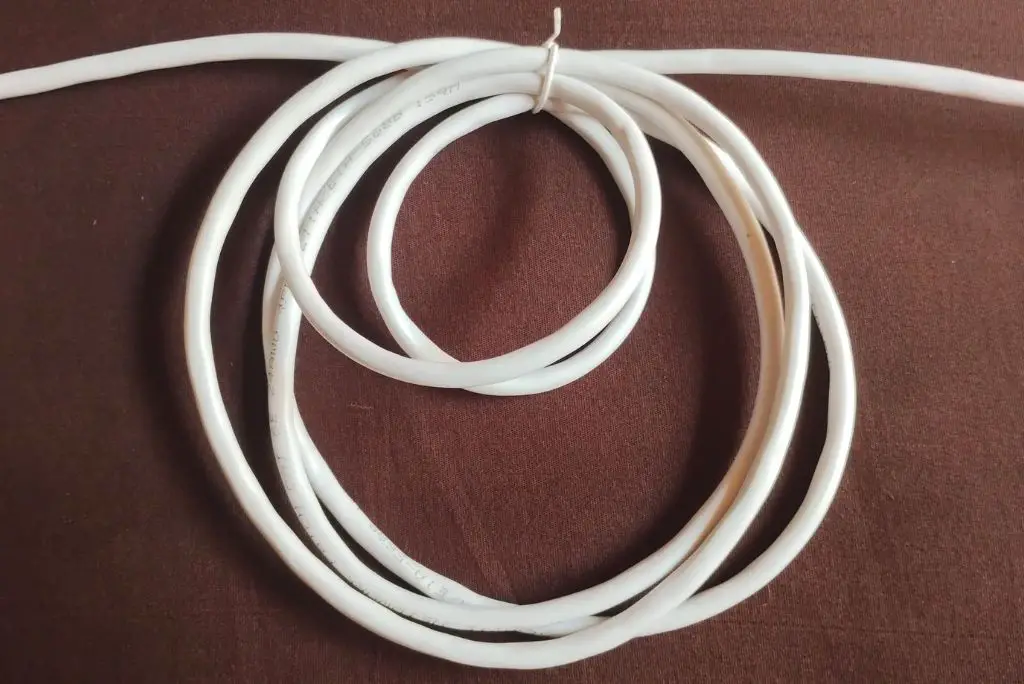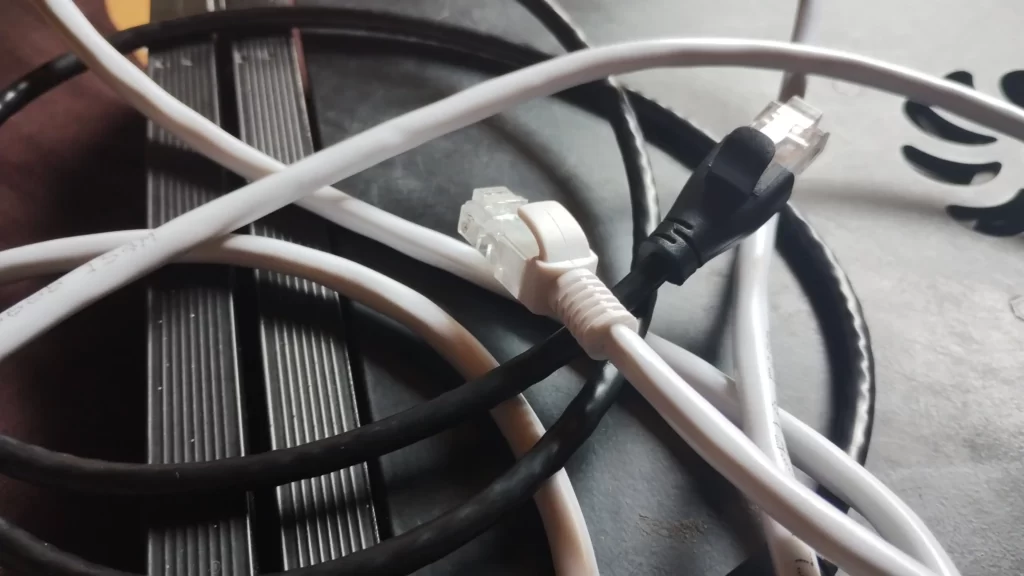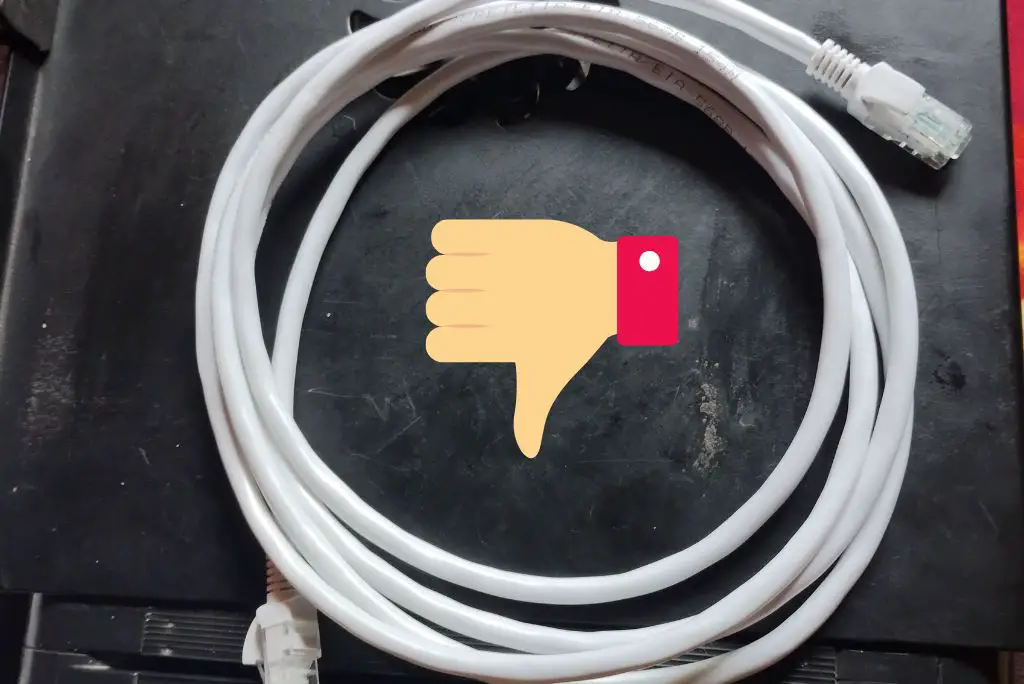If you have some extra ethernet cable after setting it up, you may consider coiling it and keep aside.
But what about EMI radiation? We all may know that ethernet cables can cause Electromagnetic radiation, and the wires inside of the cable are twisted pairs. Thus, we should also be worried about that thing.
So, Does Coiling Ethernet Cable Cause Problems?
Coiling your Ethernet cable can cause electrical interference and various other problems, but that is not always the case. It depends on how you coil your Ethernet cable and what cable you are using. You should not bend your cable more than its radius to run it smoothly.
While coiling your ethernet cable, if you bend it more than its radius, you may have issues; instead, you’ll not have any problems, and you’re ok to coil your ethernet cable.
Note: Don’t coil your ethernet cable tightly. If you don’t coil it tightly, you are always safe to use your coiled ethernet cable. Also, having a huge coil of cable may cause some issues in long term.
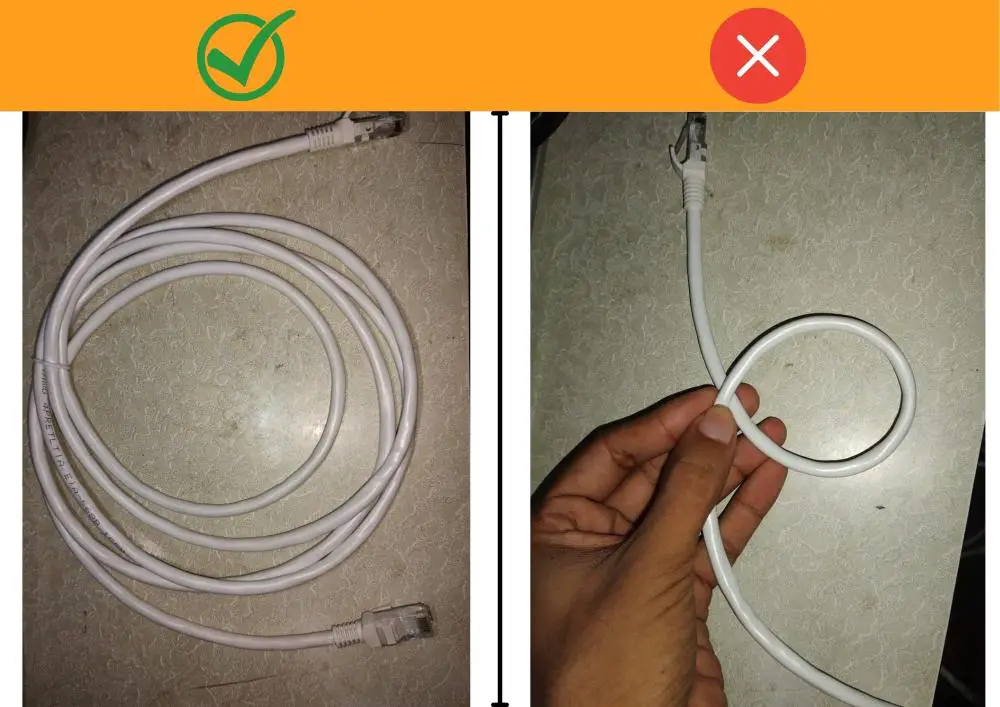
Using the latest version of ethernet cables can also help you eliminate EMI radiation and give you a great experience with your coiled cable.
Issues You May Have with a Coiling Ethernet Cable
Here are some possible issues with a tightly coiled ethernet cable. As a note, I would like to inform you that everyone might not face the same problems or issues.
It depends on many things like cables, bends radius, atmosphere, how you coil, and so on. Theoretically, you should have some issues with a coiled ethernet cable, but I’ve tried and never had any problems. But, I have never coiled more than my cable’s radius.
Now, let’s see the possible problems anyone can have with a coiled ethernet cable.
# Performance Drop
Performance drop is the most common issue with a coiled ethernet cable. Considering the ‘rule of thumb,’ it suggests never bending the cable with a radius under four times its diameter.
If so, you may have extra noise on your ethernet signal. Thus, you’ll have a poor internet connection.
It will also increase the EMI, which is worst if you have an unshielded cable. Similarly, if you have a flat cable, it will cause more problems.
So it is a significant issue with a tightly coiled ethernet cable.
# Issues with Twisted Pairs
Twisted pairs are the main parts of an ethernet cable. It eliminates the EMI interference from each wire to provide a stable internet connection.
If somehow those wires get damaged, then you’ll have serious issues.
It will have more EMI problems and will serve you a bad connection. So, you must take care of your cable and the twisted pairs.
Also, you’ll have the same issue if the twisted pairs get untwisted. So damaged twisted pairs can also have packet loss problems.
# Heating
Although it is not a common issue, you often may have more heating than regular with a coiled and damaged cable.
So it is not a good thing if your cable gets heated. Thus, I suggest checking if you’re having any issues with your coiled ethernet cable.
You can always uncoil it whenever you want.
How To Properly Coil Your Ethernet Cable?
Coiling your ethernet needs some requirements to run the internet smoothly. But first, let me be clear if you’re not coiling your ethernet cable too much, then it is okay to do. Here is an example:
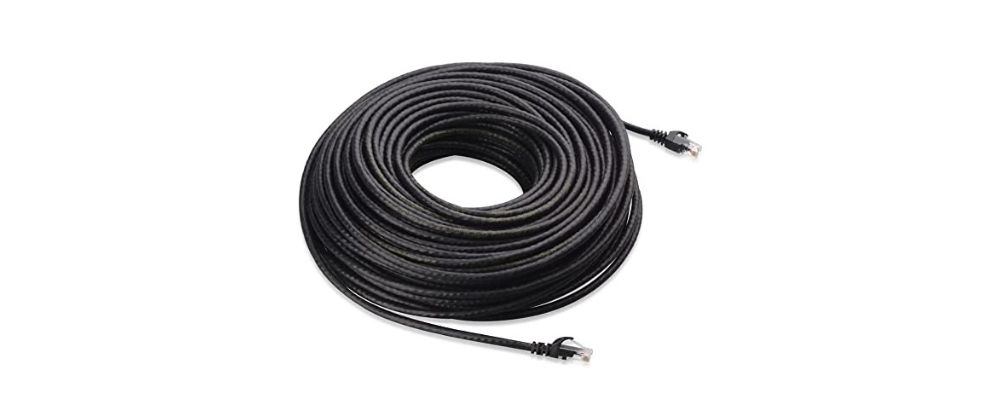
Now, if the coils are small, then there are two key points you have to look at carefully, they are:
# Bending Radius
To coil your ethernet cable, you must consider its bend radius. Every particular cable has its bending radius, similar to ethernet cables.
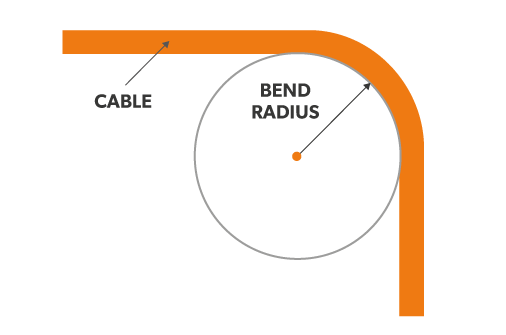
Different categories of ethernet cables have different bending radius. So before coiling your cable, you should know what the bending radius of that cable is.
However, different ethernet cable brands have different bending radius. So you should check what bending radius your cable has.
You can get a full chart from the brand.
Another thing there are different cat ethernet cables and different types like shielded, unshielded, riser, plenum, outdoor, direct burial, and others. So all the different types may have a different radius.
But here is a simple formula to use to calculate the bend radius of your ethernet cable: Wire Bend Radius = Cable OD X 4 or 8
# Don’t Coil It Tightly
Coiling your ethernet cable damage the twisted pairs inside of the jacket. Thus, you may also have heavy performance drops, EMI issues, and other problems.
If you’re using a suitable branded cable, your cable may survive for some days.
But, it can not be the case for always, so while coiling, make sure you loosen the cable as much as possible for better and stable performance.
Just for a simple note: whether you’re coiling or not, it is great not to make your ethernet cable too tight.
Can You Coil a Flat Ethernet Cable?
Yes, you can coil your flat ethernet cable but make sure the coils are significant and you don’t bend it more than its radius. If you take care of these things, then you are Ok to coil your flat ethernet cable.
Most flat ethernet cables have a bending radius of 50mm. But, it is always wise to check the bend radius on the packet of your ethernet cable.
Bending more than its radius can cause damage, performance issues, and other problems.
Note: Flat Ethernet cables don’t have any extra protection like the round cables, so you can also face EMI issues from bending it more than its radius.
Also, you must be extra careful when coiling flat ethernet cable than round one, as flat ethernet may not be that solid.

